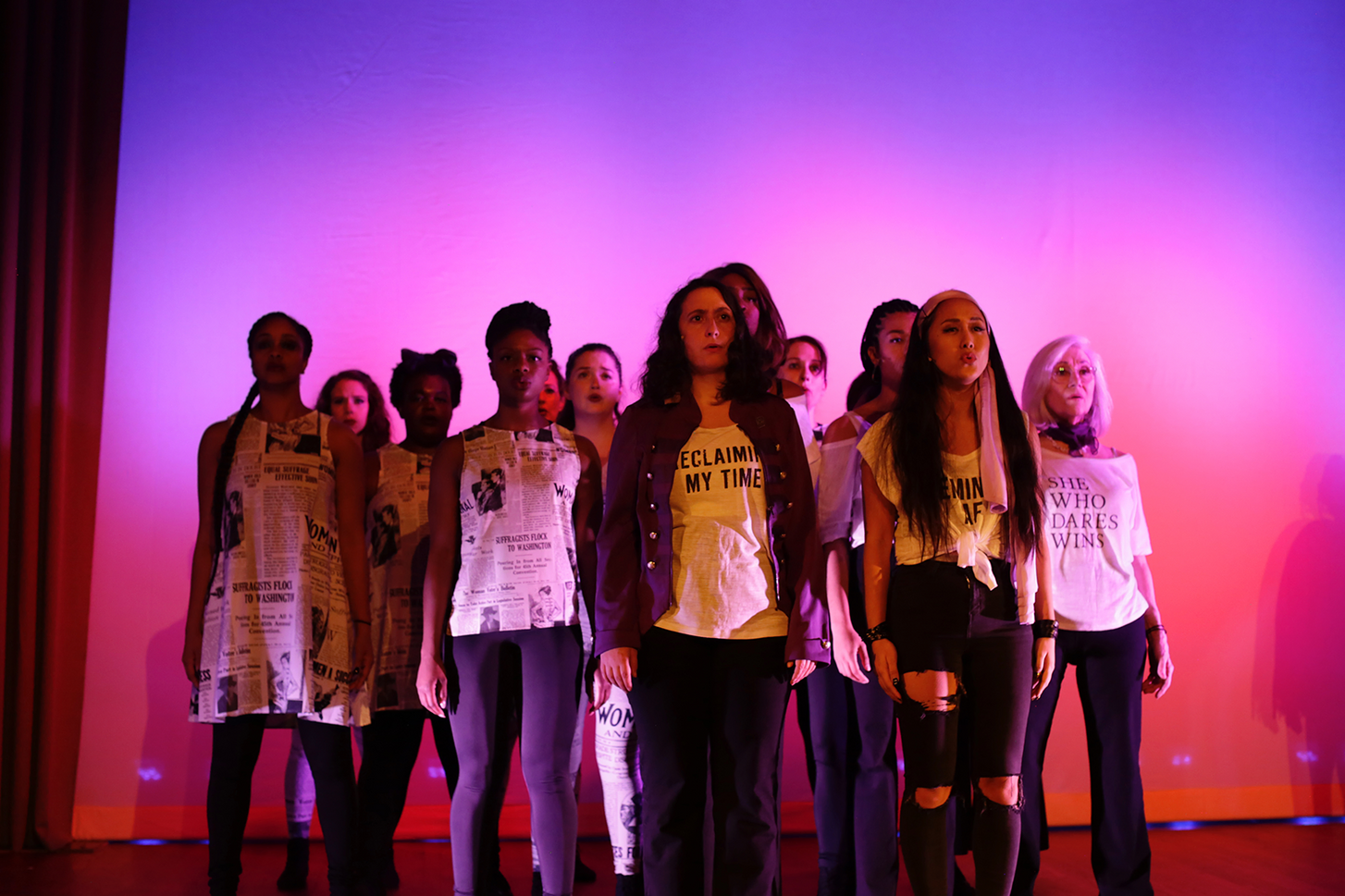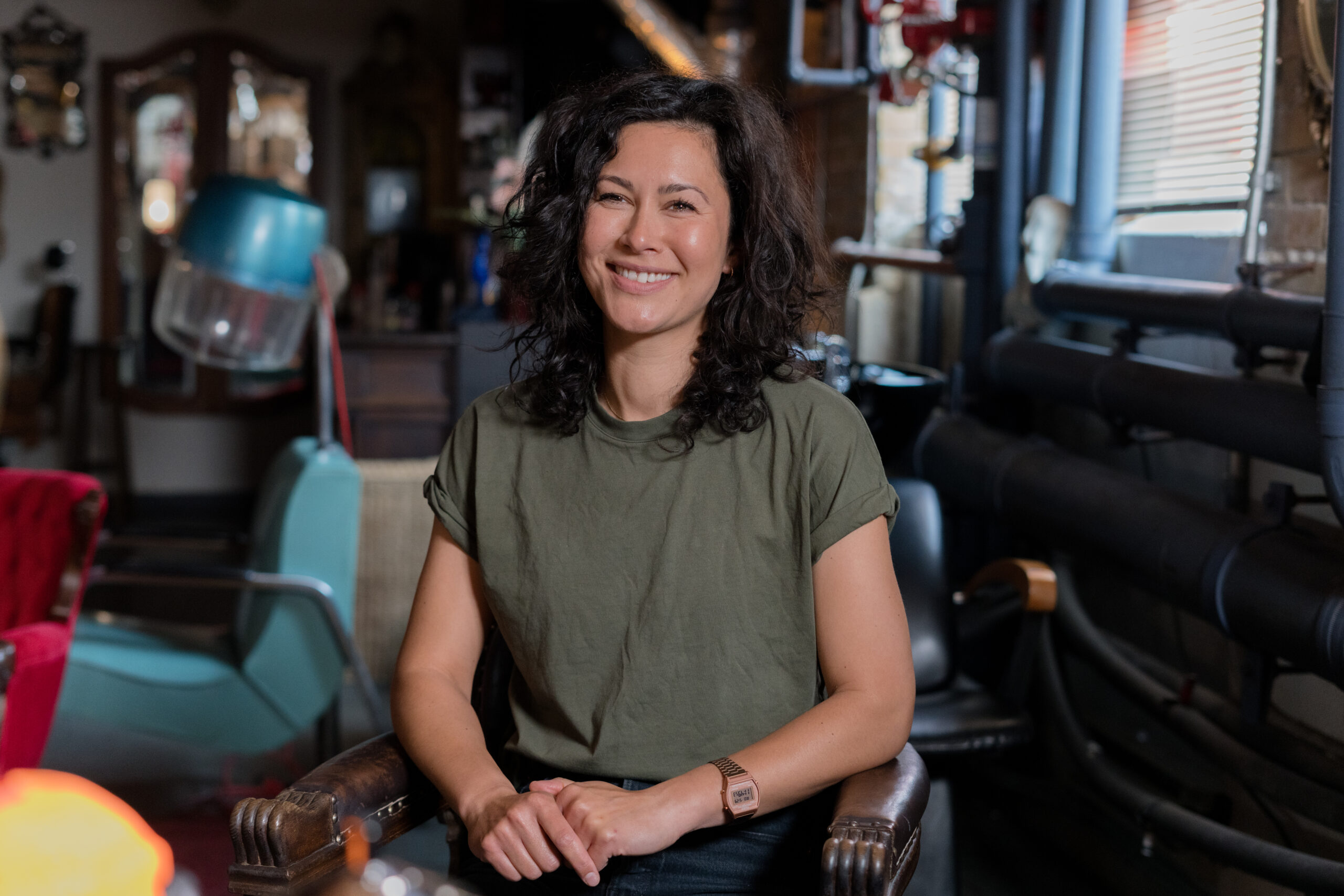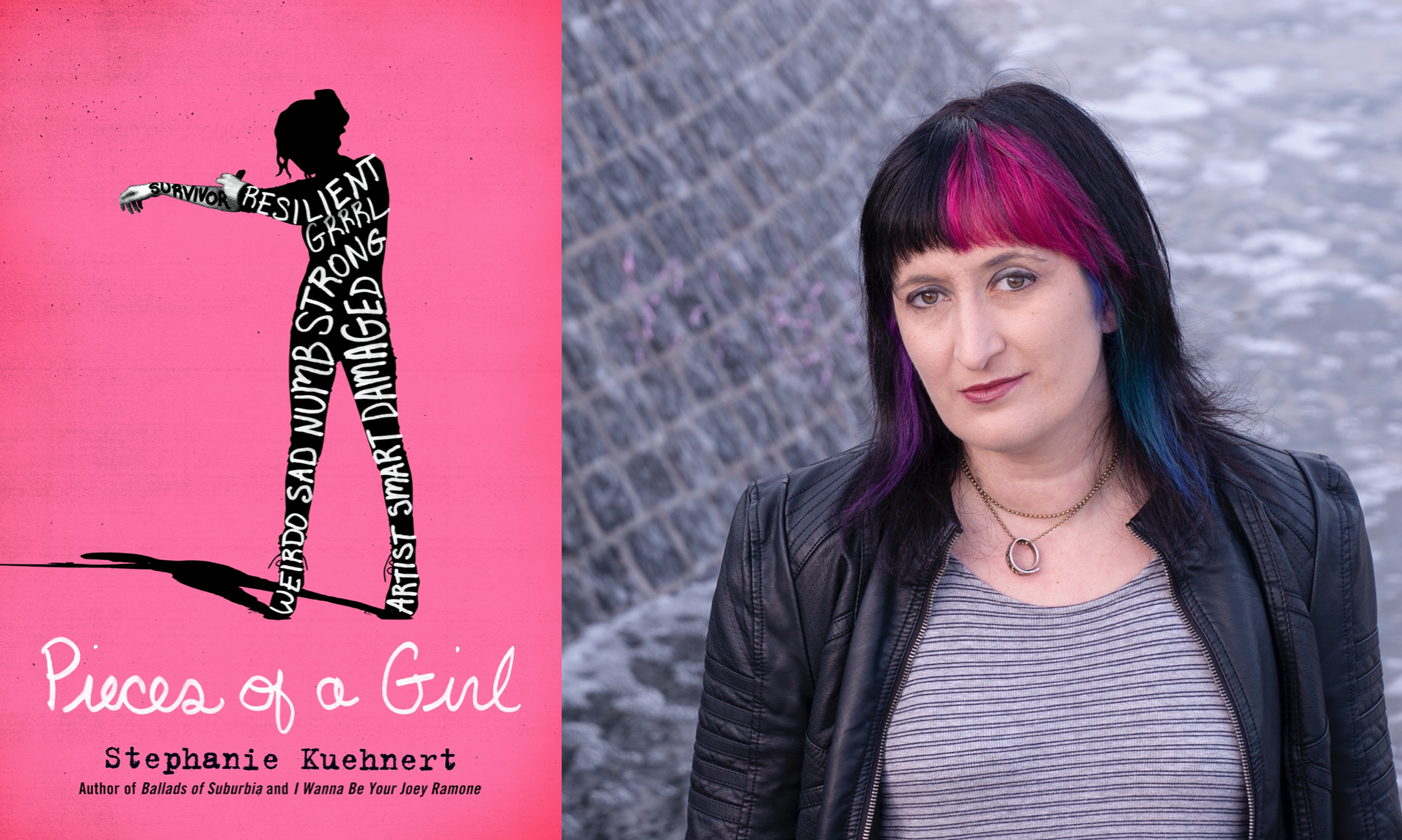The gauntlet has been laid down for Hollywood to make a major move toward gender equality when it comes to film distribution and financing. The Swedish Film Institute has surpassed the iconic and world-renowned industry with a move that was spearheaded by new CEO Anna Serner.
In an interview with Australian film critic Paul Byrnes from the Sydney Morning Herald at the Cannes Film Festival this year, she revealed some startling ways this Scandinavian nation once again is proving it is leading the way with gender equality.
It seems fitting that this revelation was made during Cannes since this year’s theme was “The Year of the Woman”. Don’t even get us started on the patronizing nature of that theme…
Anna told Paul that when she took over as the CEO of the SFI in 2011, she made a statement claiming they were going to change the ratio for gender equal film funding & distribution to 50-50 by the end of 2015. If they achieved this, they would become the first country to do so.
Paul writes that he was expecting the usual answer about slow progress, but progress nonetheless, instead he was shocked to hear it had already happened.
“When I took over, we had 26 per cent of funding going to female directors. I said that was a catastrophe. I used that word. I wanted the business to realize that there was a new sheriff in town. They are not stupid. They realize I am the head of the funding body, so maybe things are going to happen,” said Anna.
She didn’t like that the existing government policy was aiming for a 40-60 ratio, and pushed for 50-50.
“Talking makes no difference. You have to act. Whatever you do, they will criticise, but you just have to live with that,” she said.
In 2013 the European Women’s Audiovisual Network highlighted the SFI and how they were working toward gender equality at the time. They had an info sheeting which shared some common myths which are used to justify discrimination, and countered it with legitimate reasons why it should not exist. Take a look:
Today, Anna Serner says she obviously gets a lot of support from women, and not surprisingly there are plenty of people criticizing her actions. Because, ya know, working toward gender equality is so horrible, almost on par with terrorism or something…
“I get a lot of support from men as well but a larger number feel threatened. They don’t say it to me because they are afraid that I won’t give them money – which is not very brave, in my opinion – but they talk. They have been up to the minister for culture [also a woman] to say: don’t let the Swedish Film Institute have too much power because they misuse it … There have been quite a few men coming out in the papers and there was a live TV interview with the lead actor in ‘Joe Hill’, talking about ‘these bitches’ you have to pass around to get funding,” she said.
The institute funds 15 feature films a year with roughly $1 million USD to play with. Ana says many of the women have a hard time getting money because financiers don’t “trust them”.
“In 2014 we had 50 per cent female directors, 55 per cent female scriptwriters and 65 per cent female producers. We like to measure over five years, but in the past three, we have had 43 per cent female directors, 49 per cent scriptwriters and 53 per cent producers,” Anna said, adding that women win 69% of awards in the Swedish film industry.
Her mission is not to diminish the male presence, but get the entire industry used to the idea of women taking up just as much space.
“I say to the men who feel threatened by me that I think this will pass, because I don’t think that women are more competent or make better quality. But we have had a lack of female voices so they feel new and unique. And they are unique perspectives because they have not been heard before,” she said.
New Zealand filmmaker and the only woman to win the coveted Palm D’Or at Cannes, Jane Campion, is a huge fan of what Anna has accomplished and wants to implement similar action in New Zealand and Australia, which SMH’s Paul Byrnes claims will be difficult given the lack of number of women in technical fields in film. But just like Sweden has been able to dispel myths surrounding the whole “not enough women” argument, perhaps Jane will be able to radically change minds.
So what does this mean for Hollywood? Given the recent spotlight put on the studio system with the ACLU investigation into its alleged discriminatory hiring practices toward female directors, only time will tell how the big studio executives choose to distribute funding amongst male and female filmmakers.
In March this year there was talk of a controversial new funding law spearheaded by the Securities and Exchange Commission which would allow a wider range of funding sources to make films possible in Hollywood. Similar to what Kickstarter and other crowd-funding sites offer, the idea is that anyone, including movie fans, would be able to donate money to any type of film, whether indie or major, in order to get it made. Industry insiders are calling this move a “game-changer” but allowing a filmmaker to turn to everyday fans to finance their project doesn’t necessarily solve the equality problem, it just allows more revenue streams for films to get off the ground.
There are a number of theories why the number of female-driven and lead films in Hollywood getting financed are so low compared to that of men. Many of the studio heads are men, and the industry is used to seeing one method working and making them money, so why change? But with women like Kathryn Bigelow winning a Best Director Oscar, additional platforms and methods of distribution such as Amazon and Indieflix, and initiatives like Meryl Streep’s screenwriting program for women over 40, there is a slow shift happening.
What Anna is doing for the Swedish Film Institute is threatening because it shows how other industries really have no excuse. Like their information sheet above, from 2013, says, “What are you doing?”
Here is Anna talking on a panel in 2014, amongst other European Film industry insiders on the importance of gender equality in film:





















